Description of gorse dyeing and its cultivation

The description of the root system and the formula of the gorse honey plant flower is very important. It is no less important to study how it should be grown and other features. Finally, attention should be paid to the use of the plant "Royal Gold" in landscape design and the use of other varieties.
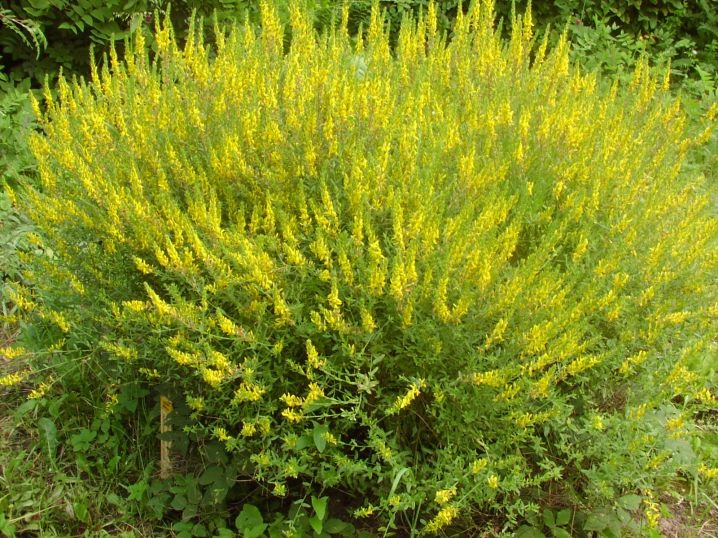
general description
Dyeing gorse is a low plant in the form of a shrub with a height of 0.3 to 1.5 m. In botany, it is also known as bloodthirsty gorse. It is customary to attribute it to the well-known botanical legume family, and the relatives of this culture are:
- acacia;
- lentils;
- beans;
- Vika;
- peas;
- Clover;
- wisteria.
The stems of an ornamental shrub are covered with hairs. This is a light-loving plant that tolerates a dry period. In conditions of excessive moisture and severe cold weather, development will be disrupted.
Gorse is a deciduous semi-evergreen crop. Its branches grow straight or spread, covering with small thorns is noted.
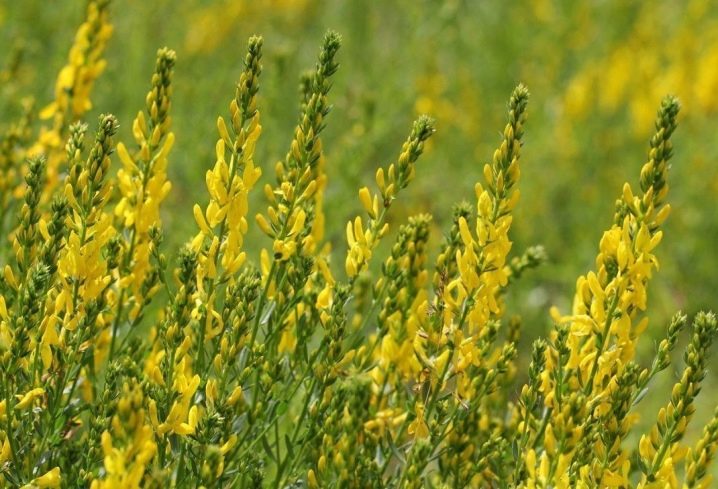
Small foliage grows on the bushes, which has a simple or triple shape. There are both bare and thoroughly pubescent leaves. When flowering, which occurs in the spring or summer, a golden-white color predominates. In some cases, it blooms in red tones. Fruits are medium-sized, flat beans containing a large number of seeds.
Gorse develops on dry sandy loam. It can also be found in stony and calcareous areas. The small root system allows you to grow this flower even in a pot in the room. The flower formula is described as CH3,2L1,2 (2) T (5 + 4) 1P1. Geometrically, it is similar to the wings of a tiny butterfly.
The dyeing gorse is remarkable for its amazing polymorphism. He is able to flexibly adapt to the environment, changing:
- sheet geometry;
- total value;
- the intensity of pubescence;
- geometric outline of the bush.
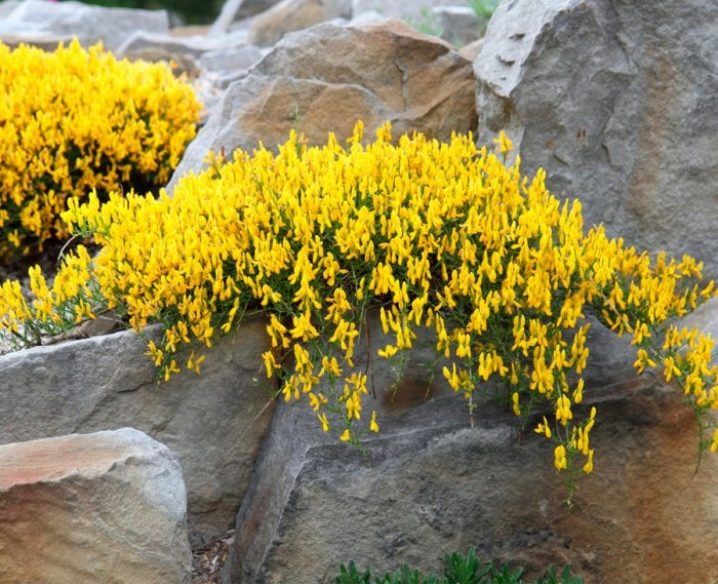
But at the same time the species identity is not blurred. Its immutable moment is a uniform flowering period. The root grows so vigorously that transplanting after 3 years of age is usually fatal. Dyeing gorse is relatively frost-hardy, but it can freeze pretty much in cold winters. Young shoots affected by frost are simply cut out in the spring.
Like other members of the legume family, this is a great honey plant. The plant is generally unpretentious. It can be cultivated in both hot and temperate areas. Intense sun exposure and insufficiently fertile soil usually do not affect this crop. Since the gorse does not tolerate too moist areas, it cannot be found on the river bank.
Such a plant has a wide distribution area. Botanists have described the growth of bloodthirsty gorse from the Mediterranean shores to the Scandinavian fjords.
We saw her in Turkey, in the Central Asian states, and in the countries of the Caucasus. In the Russian Federation, this species inhabits the temperate regions of the European part, the Urals and Western Siberia.
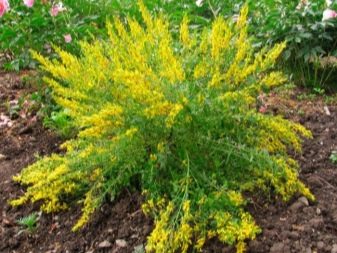
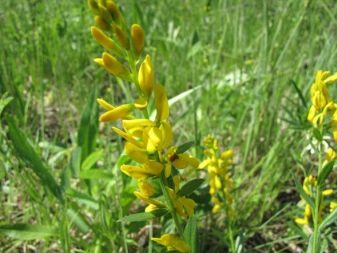
You need to look for a similar plant:
- on forest edges;
- on the slopes of the hills;
- in the glades;
- in the midst of other dense bushes (mostly on sand or limestone).
There are mentions that gorse was used in the past to produce yellow dye on an industrial scale (hence the name). Both foliage and flowers were used as raw materials. Also, some botanists point to its discovery in Kazakhstan and in the Middle Eastern states.Duration of flowering in favorable conditions reaches 65 days. You can see a sample of the culture in the photo.
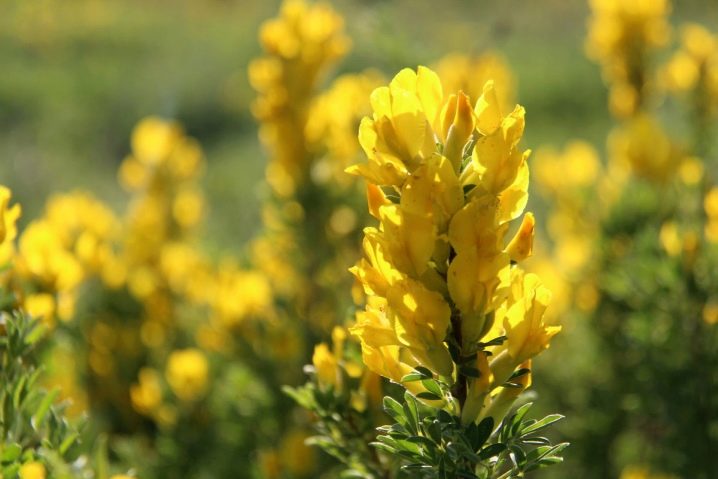
Popular varieties
The variety "Royal Gold", which gives golden-orange flowers, is in wide demand. Such a shrub has a cross-section of about 50 cm. Its characteristic feature is its long flowering. It takes place in June, July and August. The inflorescences resemble an ordinary brush in shape.
If they are painted in unsaturated red, then there is a form of Humilior. Plena dyeing gorse is characterized by large, juicy yellow flowers. For the features of growth, there are:
- the smallest form Anxantica;

- just compact types Golden Plate and Compacta (with erect bushes and yellow flowers);
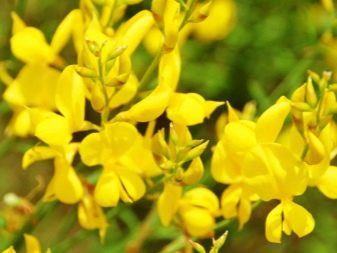
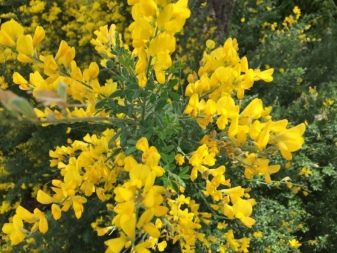
- Prostata (she is appreciated for the creeping type of development).
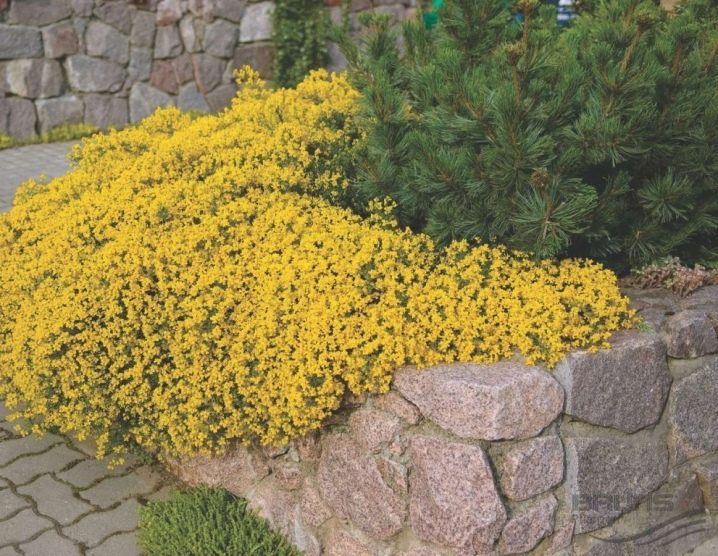
Landing
Even before planting the plant, it is advisable to add lime to the soil. This will help to deal with excess acidity. There are no restrictions on the level of fertility of the land. In nature and in culture, gorse feels good even in poor areas. However, the use of acidic lands must be categorically excluded.
The drainage layer is very important. Its thickness is usually 10 cm. Such a layer is formed from stones and washed river sand. The planted gorse is immediately watered.
It is important to mulch the circle around the plant. For this purpose, both humus and peat are suitable.
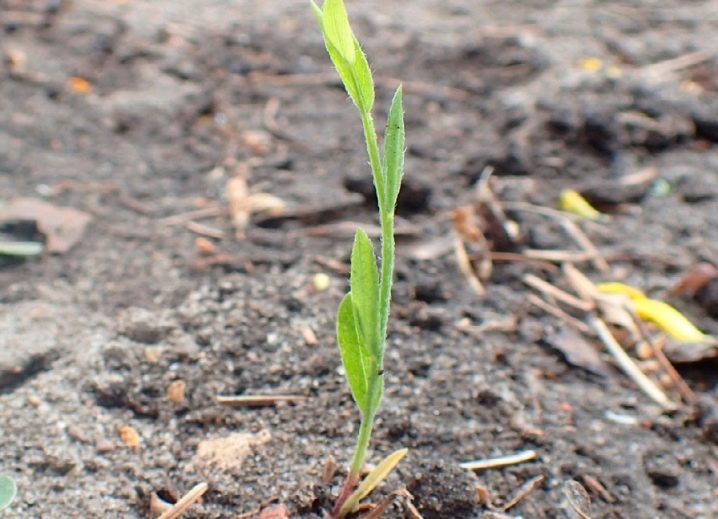
Care
At an early stage of development in the open field, regular watering is very relevant. With further development, irrigation is less and less frequent. For mature plants, it should only be done during hot dry times. On any other day, the shrub is able to supply itself with soil moisture. In the spring, dyeing gorse is fed with phosphates and potassium-based mixtures.
Pruning of this plant is required in the spring. The essence of the procedure is the removal of deformed and dry shoots. At the same time, they get rid of too old branches, rejuvenate the culture. In the autumn months, they get rid of the inflorescences that have withered over the summer. At the same time, the shoots are shortened to some extent so that the flowering is more abundant in the next season.
The promised frost resistance of gorse should not be misleading. It will only be provided with good care. The plant must be thoroughly covered before the onset of cold weather. Protection for young growth is especially relevant. The roots are covered with earth mixed with peat or humus.
The branches of the gorse are tied up when the cold weather approaches. They are additionally wrapped with agrofibre or burlap. In the absence of protection, there is no reason to panic. The plant recovers well even with severe frost damage. Flowering will come anyway, but it is unlikely to be abundant, because a lot of energy will be spent on rehabilitation.
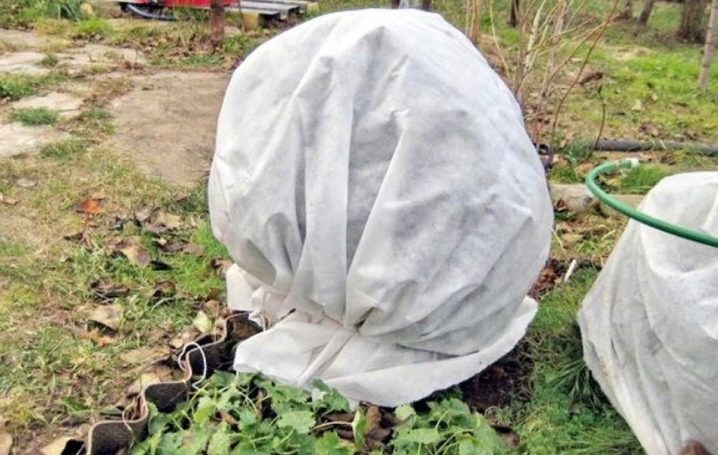
Reproduction
For reproduction of the dyeing gorse, you need to choose the right moment in the summer. It is best to work in the first decade of June, cutting a certain number of shoots. Their length can reach 15 cm. The leaf blades on the shoots are removed from the bottom. Then the material used for propagation is placed in Kornevin diluted with water for 24 hours. When this period has passed, the cuttings are planted in soil, composed of a homogeneous mixture:
- calcined sand;
- ordinary soil;
- humus.
The newly planted shoots are covered with plastic bottles cut to half. This allows for a greenhouse effect. Every day, planting is aired, watered regularly. It is necessary to remove the shelter after the appearance of fresh leaf plates. After another 14 days, it is allowed to disembark in open ground or transplant into a tub.
Seeds for propagation are often purchased at the store. But no one bothers to collect them yourself. For planting, beans are used that have not yet opened. When using seeds, the flowering of gorse will begin in the second year of development.
The normal lifespan of this plant is up to 10 years.
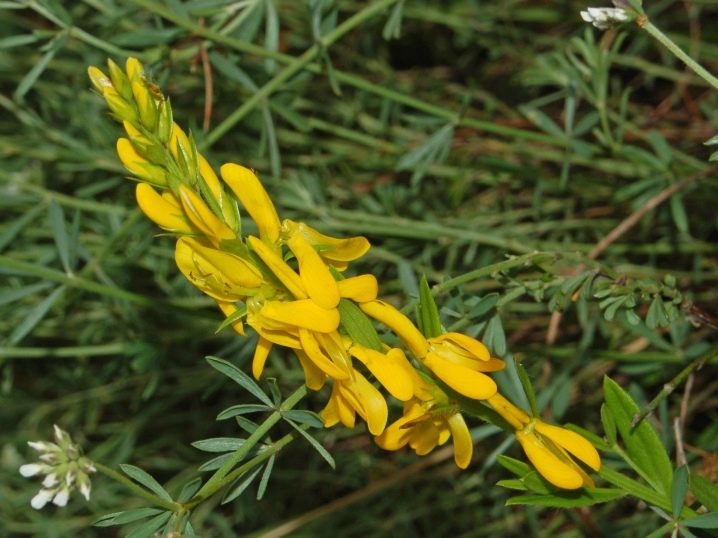
Application in landscape design
The gorse can blend harmoniously even into the most modern landscape composition. You can see him both in the park in the middle of the city and in your private garden. It must be remembered that this plant is poisonous. Fruits exhibit particularly high toxicity. Gorse is used in rock gardens, rockeries, in some cases in mixborders.

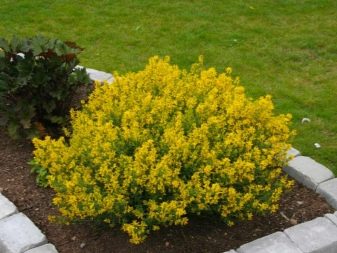
This species combines well with trees and shrubs. Especially good companions are:
- cotoneaster;
- juniper;
- yew;
- barberry;
- euonymus;
- buzulnik;
- elecampane.
It is possible to plant the territory with gorse both singly and in groups. On rocky areas, this plant will look very good and original. It can also be planted in a plant border. There are no other possibilities to use this view. But what has already been described is enough to underline its impressive design possibilities.
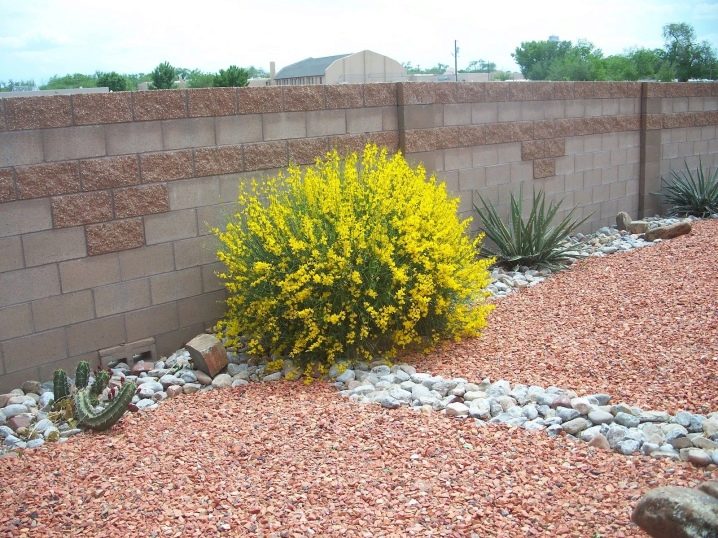



































































The comment was sent successfully.